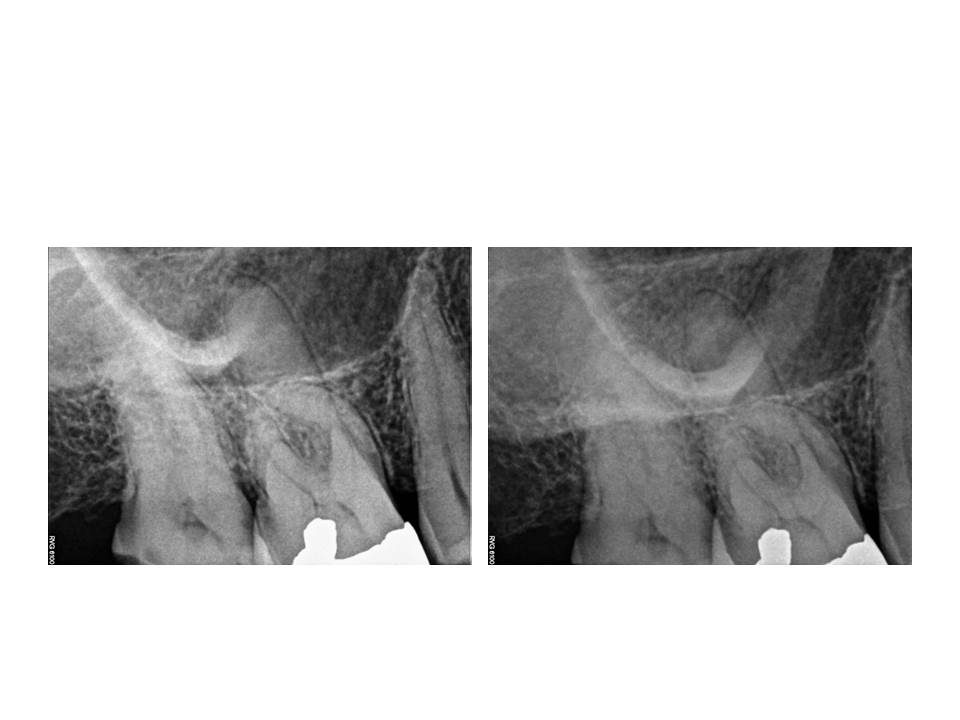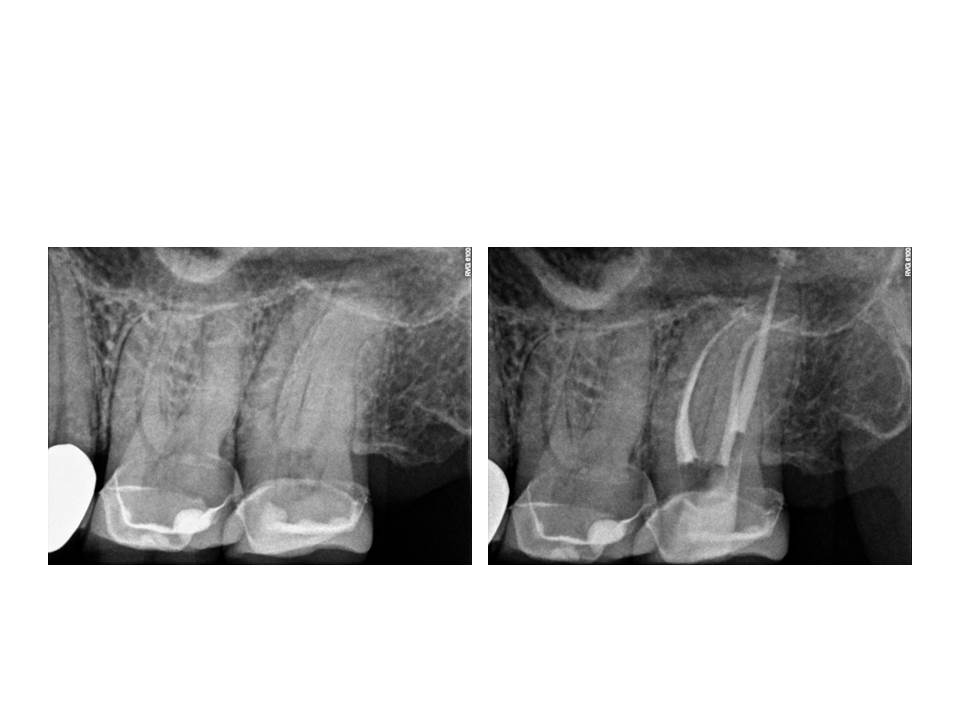January 2016
Happy New Year! Thank you again for your confidence in our practice. We continually strive to provide the best endodontic care for our patients. This month I will provide some examples of a new type of endodontic file that has come to the market. This file has the same nickle-titanium properties that are present in almost all rotary files plus an additional treatment in which the file does not retain shape memory. Why is this of benefit? This allows the file to closely follow the anatomy of the canal without straighting out, reducing the risk of ledging, transportation, and perforation. It also reduces the amount of tooth structure that is removed during the instrumentation process. The particular file that I use, also has a shorter cutting area, which again will reduce the amount of root structure removal. In conjunction with the conservative access preparations I strive to attain, there is a reduction in the probability of vertical root and coronal tooth structure fracture. I will add that the apical preparation size is still significantly enlarged enough to provide for irrigation. I recommend that the final apical preparation be completed with files with a maximum of 0.04 taper to minimize the development of root microfracture. I am not implying that apical preparation sizes should be miniscule. However, the apical preparation should be gauged and appropriate for the respective canal. The introduction of larger taper (.06 and .08) tapers should be minimized in the apical third to reduce the incidence of file separation and excessive dentin removal. I provide some examples of some recent cases. Thank you and please feel free to comment.







